Oxidized Bitumen 115/15 or Oxidized asphalt is a type of bitumen that has undergone an air-blowing process in which air is blown through hot bitumen under controlled conditions. This process increases the bitumen’s viscosity and enhances its properties, making it more durable and resistant to high temperatures and weathering.
The numbers 115/15 indicate the softening point and penetration value of the bitumen. The softening point of Oxidized Bitumen 115/15 is 110-120°C, while the penetration value is 15-25 dmm.
Oxidized Bitumen 115/15 is commonly used in the construction industry for a variety of applications, including waterproofing, sealing, and roofing. It is also used in the manufacturing of paints, varnishes, and printing inks.
OXIDIZED BITUMEN 115/15 USES
It has a wide range of industrial and construction applications, including:
- Roofing: Oxidized bitumen 115/15 is commonly used in roofing applications due to its high durability and resistance to weathering. It can be applied as a roofing material on flat or sloped roofs.
- Waterproofing: This type of bitumen is also widely used in waterproofing applications, including the sealing of joints, cracks, and seams in concrete structures, bridges, and tunnels.
- Pavement and road construction: Oxidized asphalt 115/15 can be used as a binder in the construction of roads, highways, and pavements, as it provides excellent resistance to deformation and cracking.
- Pipe coating: The material can be used as a coating for pipes to provide corrosion resistance and extend their service life.
- Adhesives: Oxidized bitumen 115/15 can be used as an adhesive in a variety of applications, including bonding roof tiles and shingles.
- Paints and coatings: The material can be used as a binder in the formulation of paints and coatings for its excellent adhesive and water resistance properties.
Overall, oxidized bitumen 115/15 is a versatile material that can be used in a variety of industrial and construction applications.
BENEFITS OF OXIDIZED BITUMEN 115/15 USING
This type of bitumen has several benefits, including:
- Improved durability: Oxidized asphalt 115/15 has a higher resistance to aging and weathering, making it more durable and longer-lasting.
- Increased stability: The oxidation process makes the bitumen more stable, which reduces the likelihood of deformation or cracking, even under heavy loads or extreme temperatures.
- Better adhesion: Oxidized asphalt 115/15 has excellent adhesion properties, which makes it ideal for use in road construction and maintenance, as well as in the roofing industry.
- Enhanced waterproofing: Due to its improved viscosity and stability, oxidized bitumen 115/15 provides excellent waterproofing properties, making it a popular choice for use in waterproofing membranes and coatings.
- Cost-effective: Compared to other types of bitumen, oxidized bitumen 115/15 is generally more affordable, making it an excellent choice for large-scale construction projects.
- Versatile: Oxidized asphalt 115/15 can be used in a wide range of applications, including road construction, waterproofing, roofing, and sealing. This versatility makes it a popular choice among contractors and builders.
METHODS OF OXIDIZED BITUMEN 115/15 PRODUCTION
There are several methods for the production of oxidized bitumen 115/15, including:
- Air Blowing Method: In this method, the air is blown through hot bitumen at temperatures ranging from 220-260°C. This causes the bitumen to oxidize and undergo physical changes. This method is simple and widely used for small-scale production.
- Vacuum Bottom Bitumen Oxidation Method: In this method, the vacuum bottom bitumen is heated to a temperature of 300-350°C and then passed through an oxidation chamber where the air is blown into the bitumen. The bitumen is then cooled and collected.
- Continuous Process Method: This method involves a continuous process of heating and blowing air through bitumen. The bitumen is heated to a temperature of 220-260°C and then air is continuously blown through it while it is stirred. This process is repeated until the desired level of oxidation is achieved.
- Chemical Oxidation Method: In this method, chemical oxidants such as sulfur or nitric acid are added to hot bitumen. The bitumen is then heated to a temperature of 220-260°C, causing it to react with the oxidant and undergo physical changes.
Each of these methods has its advantages and disadvantages, and the choice of method will depend on factors such as the scale of production, the availability of resources, and the desired properties of the final product.
HOW USING OXIDIZED BITUMEN 115/15 WILL REDUCE THE COSTS
The use of oxidized asphalt 115/15 can help reduce costs in several ways:
- Lower construction costs: Using oxidized bitumen 115/15 can help reduce construction costs because it requires less labor and time to apply. It has a higher softening point, making it easier to handle and apply, which reduces the time and labor required for application.
- Reduced maintenance costs: Oxidized asphalt 115/15 has better durability and resistance to weathering and aging, which means that it requires less maintenance over time. This can lead to significant cost savings in the long run, as less maintenance is required.
- Improved energy efficiency: Oxidized asphalt 115/15 has higher reflectivity than traditional bitumen, which can help reduce the amount of energy required to cool buildings and roads. This can lead to lower energy bills and reduced environmental impact.
- Longer lifespan: Oxidized asphalt 115/15 has better adhesion properties, which means that it adheres better to surfaces and provides a longer lifespan. This reduces the need for frequent reapplication, resulting in cost savings.
Overall, the use of oxidized asphalt 115/15 can help reduce costs through lower construction and maintenance costs, improved energy efficiency, and longer lifespan.



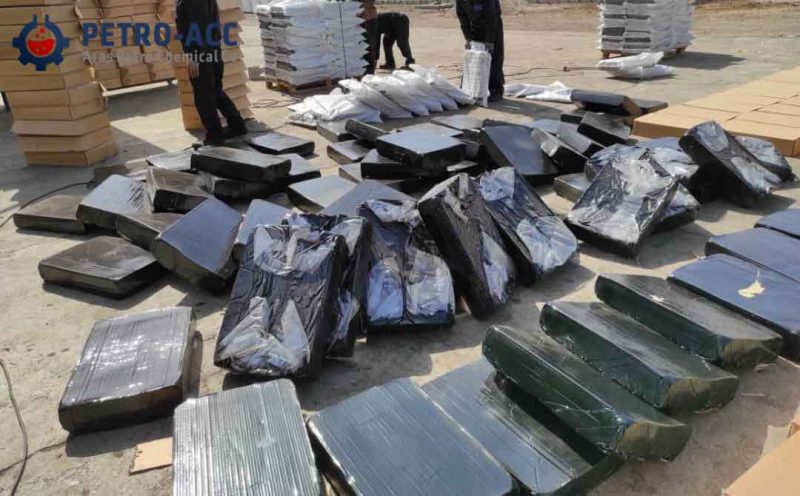
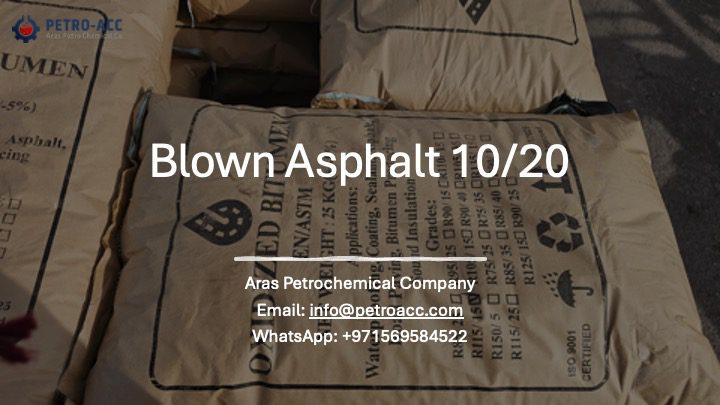
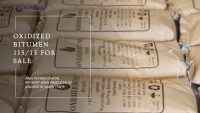

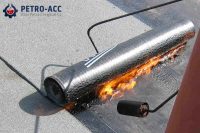
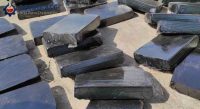
Leave A Comment